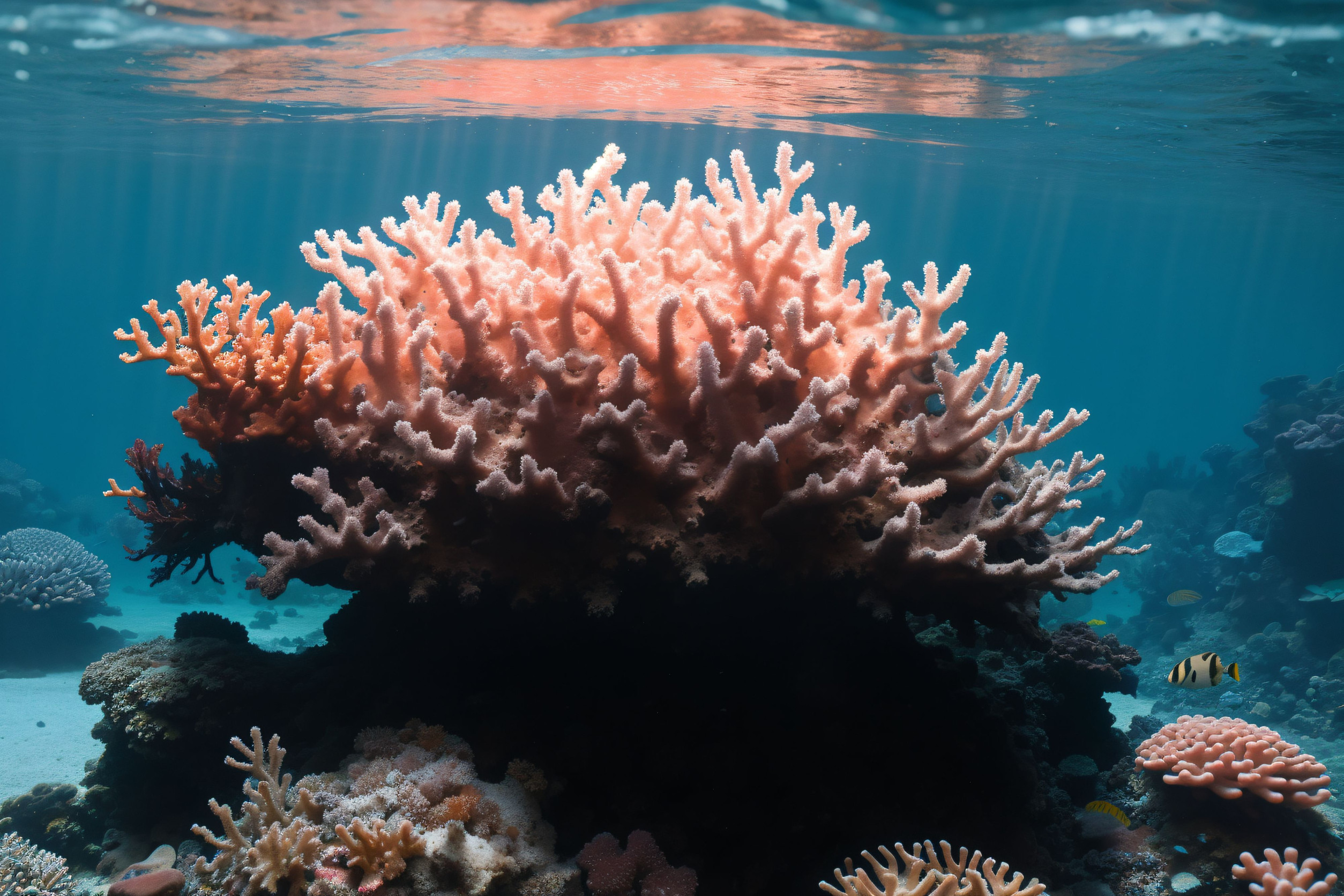Image Credit: Luisovalles, CC BY-SA 3.0 , via Wikimedia Commons
In a groundbreaking discovery in the Amazon Basin, scientists have identified the largest known nesting site of the endangered giant South American river turtle, also known as the Arrau turtle (Podocnemis expansa). Located along the Guaporé River, which forms the border between Brazil and Bolivia, this nesting site is home to more than 41,000 of these remarkable turtles, as revealed through a recent drone study.
The research, led by scientists from the University of Florida and the Wildlife Conservation Society, utilized drone imagery combined with advanced statistical modeling to achieve this significant milestone in wildlife monitoring. The findings were published in the Journal of Applied Ecology, highlighting both the record number of turtles and the innovative, non-invasive methodology developed for wildlife counting.
Arrau turtles are among the world’s largest freshwater turtles, reaching lengths of up to 90 centimeters and weights of up to 80 kilograms. These turtles are recognized for their social behavior, particularly during the dry season when female turtles gather in large numbers on sandy riverbanks to lay their eggs. However, despite legal protections, they remain at risk due to poaching and habitat loss.
Traditionally, counting turtle populations has been a challenging task, often complicated by inaccuracies in ground surveys and drone imagery. To address this, the research team implemented a systematic approach, deploying drones to fly over the nesting site multiple times a day over a 12-day period. They marked 1,187 turtles with white paint and captured 1,500 high-resolution images per flight, which were then analyzed to create detailed orthomosaics. This allowed researchers to accurately track the turtles’ activities, distinguishing between those that were nesting, moving, or resting.
The innovative method reconciled discrepancies found in traditional counts and drone images. While earlier estimates ranged from 16,000 to nearly 79,000 turtles, the refined approach provided a precise estimate of just over 41,000 individuals. This accuracy is crucial for conservation efforts, as understanding population dynamics is essential for effective protection strategies.
The Arrau turtle plays a significant ecological role, acting as a seed disperser and serving as a food source for various predators. Accurate population data enables targeted conservation initiatives, such as protecting vital nesting beaches and efficiently allocating resources.
Looking to the future, the research team aims to apply their methodology across other regions of the Amazon, including Colombia, Peru, and Venezuela, to better understand population trends and enhance conservation efforts. The study not only sheds light on the unique phenomena of mass turtle nesting but also underscores the importance of innovative technology in wildlife conservation.
Check out the original article here: Source link



